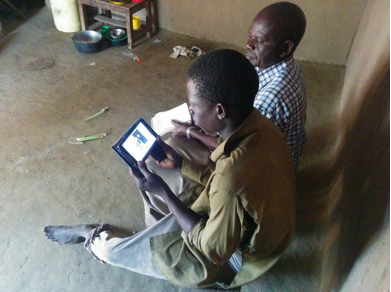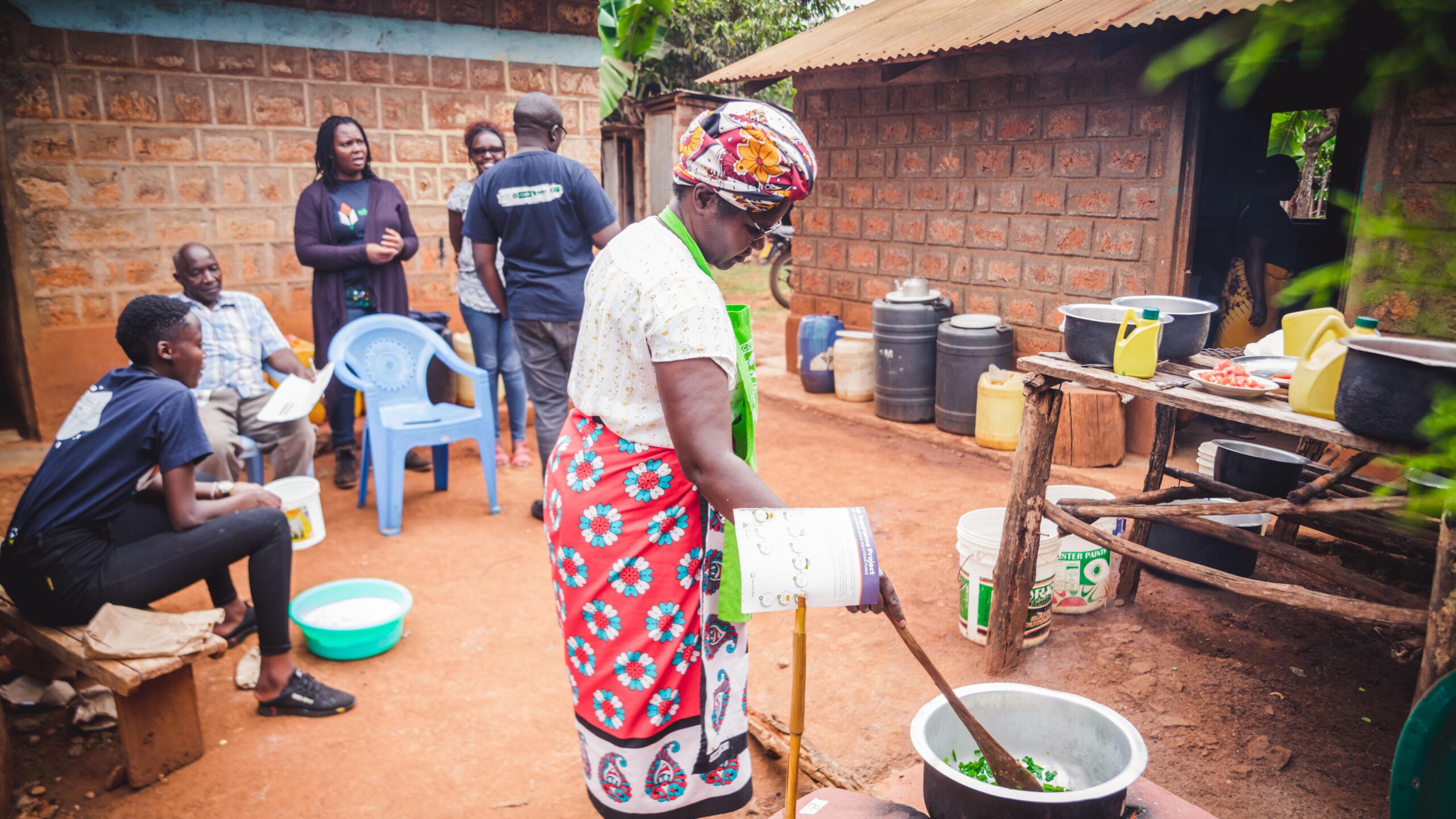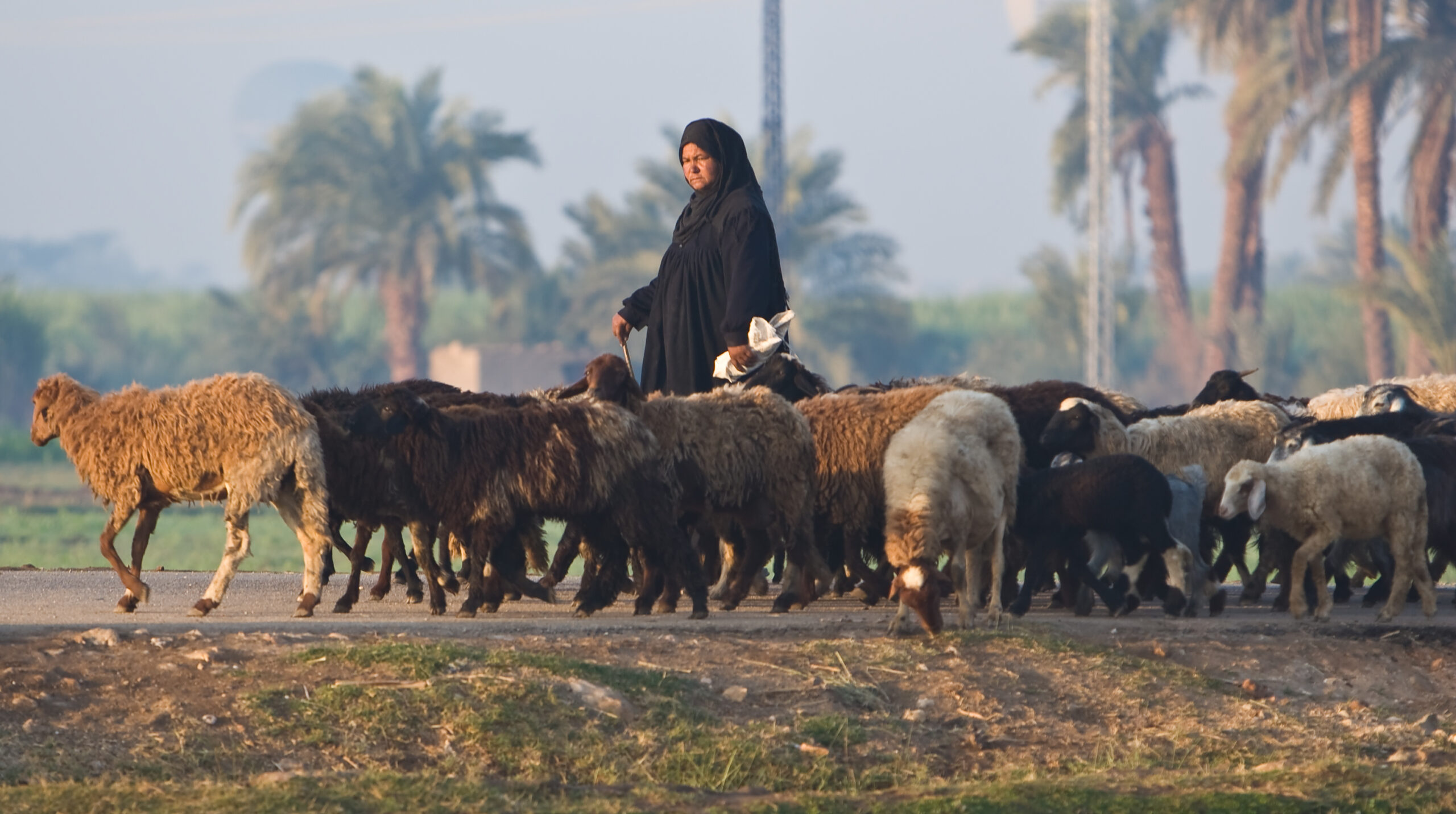Do short agricultural extension video messages delivered through information and communications technologies (ICT) reduce knowledge gaps, which have been found a significant constraint to crop intensification among Ugandan rice growers? To answer this question, we designed a small social experiment in which we compared knowledge between sets of farmers randomly allocated different video messages. Extension messages delivered through ICT provide a low-cost and effective form of knowledge transfer. Using video has the advantage of showing farmers how to do things and may have a role model effect. We also made a distinction between two potential knowledge gaps: one associated with technical aspects of crop intensification and one related to the returns to crop intensification. This research builds on previous research by Pasic, a policy action project funded by the Embassy of the Netherlands in Uganda and led by the Ministry of Agriculture (MAAIF) with support of IFPRI, IITA and EPRC.
Do farmers lack information on how or why to do certain things?
At the technical level, we assumed that rice farmers underinvest in crop intensification because they are not aware of the existence of crop intensification technologies such as inorganic fertilizer or row planting techniques. In addition, it may be that farmers know such options exist, but they may not know how to use them correctly. To test this hypothesis, we developed a short video that explains three core intensification strategies in rice farming. In particular, the video shows how water should be managed; how nutrients (fertilizer) should be managed; and informs on proper timing and sequencing of activities. This video focuses on how to engage in rice intensification.
At the level of the expected returns to crop intensification, we assumed that limited information on costs and benefits related to technology adoption results in perceived returns that may differ significantly from actual returns. As farmers base their decisions on perceived returns, this may lead to suboptimal intensification investments. To test this hypothesis, we developed a short video that shows actual, measured returns to the same three core intensification strategies. In particular, the video explained how much more rice per acre a farmer can get by using fertilizer; how much more he or she can get by managing water properly; and how much more he or she can get by following recommended sequencing and timing. This video thus focused on why farmers engage in crop intensification. More detailed information on the experimental design of the study can be found in the pre-analysis plan.
Technical knowledge
To test the impact of ICT on the technical information gap, we asked farmers three multiple choice questions immediately after they viewed the crop technology video. We then compared the proportion of those who chose the correct answers with that of a control group that had not viewed the video. The results are in the bar charts below:
The first bar chart shows results for knowledge about recommended time for transplanting. We find that farmers shown the video were more likely to pick the right answer (one-sided p-value that difference is significant < .001). The second bar chart shows results for knowledge about water management. Although the percentage of farmers who got the answer right is higher among those who saw the video, the difference is not statistically significant (one-sided p-value = .238). Finally, the third bar chart shows results for knowledge about what should be done with straws left in the field after harvesting. Somewhat surprisingly, we found that showing the video seemed to increase the proportion of farmers answering correctly, despite the fact that the answer was not stated explicitly in the video (one-sided p-value = .026).
The results suggest that extension messages that focus on filling information gaps at the technical level do indeed increase knowledge about available technology. In addition, farmers do not only passively absorb information explicitly covered in a video. They appear to engage in some degree of abstraction and apply insights gained in different contexts. This is consistent with results emerging from similar research among potato growers in Uganda.
Knowledge on returns
To test the impact of ICT on the knowledge gap related to returns, we tried to get a sense of how farmers perceived returns to crop intensification immediately after they viewed the returns video. For example, we asked them how many 100-kg bags of paddy rice they would be able to produce on one acre when using fertilizer, and then how much they thought they would get when not using fertilizer.
We found that farmers using a given intensification technology reported higher perceived returns. However, we did not find significant differences in perceived returns between those who were shown the returns video and those who were not. In other words, while the data is consistent with the hypothesis that farmers are more likely to intensify if they perceive benefits to be higher, our video seemed unable to alter perceived returns.
Bjorn Van Campenhout is a Research Fellow in IFPRI’s Development Strategy and Governance Division.







